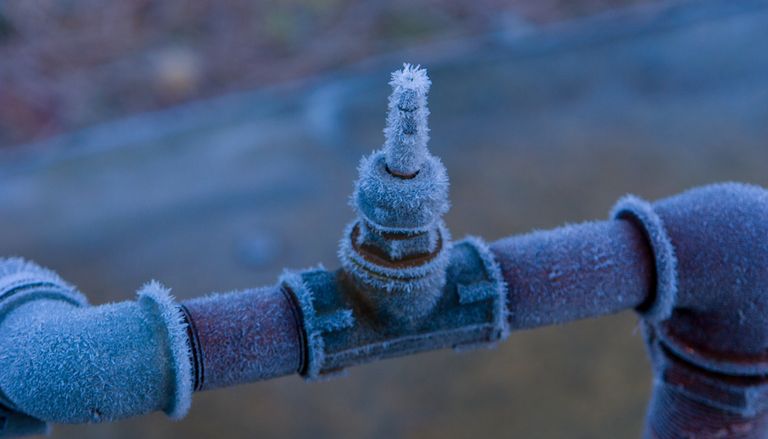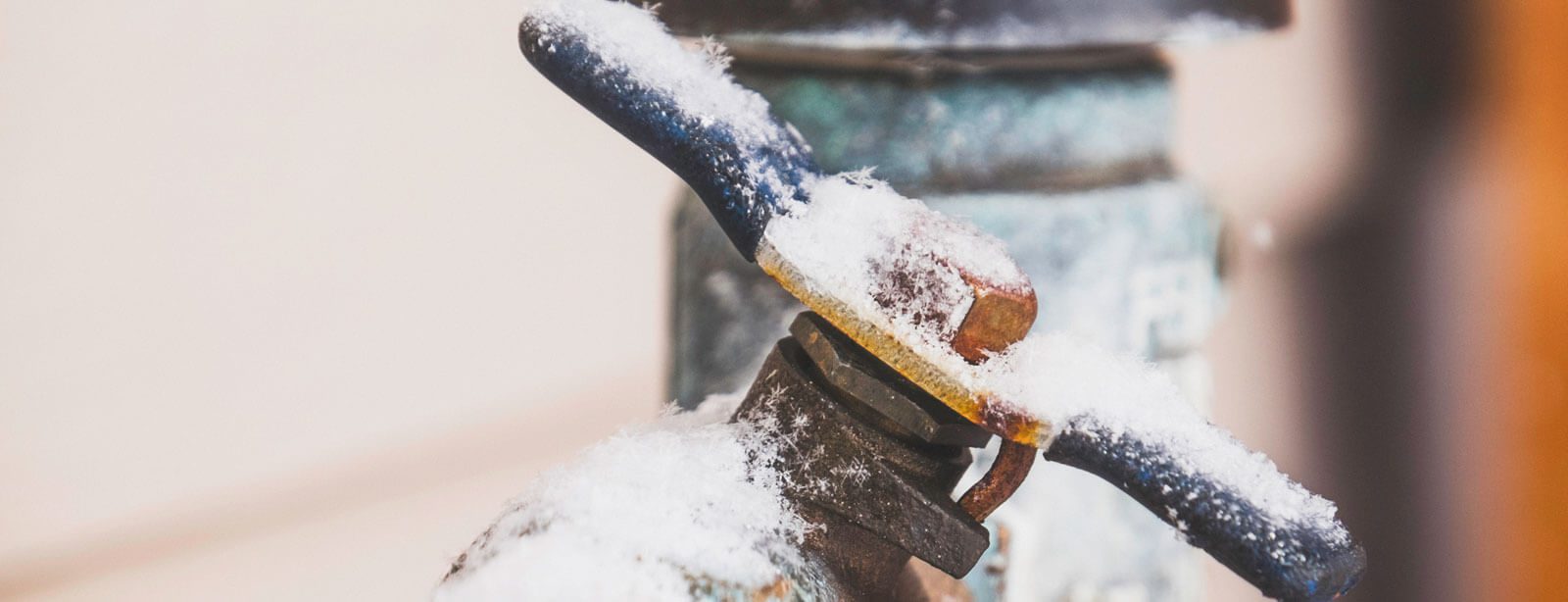Every person has got their personal way of thinking when it comes to 6 Ways to Prevent Frozen Pipes.

Cold weather can damage your pipes, particularly by freezing pipes. Right here's how to avoid it from occurring and what to do if it does.
Intro
As temperature levels decline, the risk of frozen pipelines rises, potentially resulting in expensive repairs and water damage. Recognizing just how to avoid frozen pipes is critical for property owners in cold environments.
Recognizing Frozen Pipes
What creates pipes to ice up?
Pipes freeze when exposed to temperatures below 32 ° F (0 ° C) for extended periods. As water inside the pipelines ices up, it increases, putting pressure on the pipeline wall surfaces and potentially causing them to break.
Dangers and damages
Frozen pipes can lead to water system interruptions, property damage, and expensive fixings. Burst pipes can flooding homes and create comprehensive structural damage.
Indicators of Frozen Pipeline
Identifying icy pipes early can prevent them from bursting.
Just how to recognize frozen pipes
Try to find lowered water flow from faucets, uncommon odors or sounds from pipelines, and visible frost on exposed pipes.
Prevention Tips
Protecting susceptible pipelines
Wrap pipes in insulation sleeves or make use of heat tape to secure them from freezing temperature levels. Focus on pipes in unheated or exterior locations of the home.
Heating methods
Keep indoor rooms effectively heated up, especially areas with plumbing. Open up cabinet doors to permit warm air to distribute around pipes under sinks.
Safeguarding Outdoor Plumbing
Yard hoses and outside taps
Separate and drain pipes yard hoses before wintertime. Set up frost-proof faucets or cover outdoor faucets with protected caps.
What to Do If Your Pipes Freeze
Immediate actions to take
If you presume frozen pipelines, keep taps available to soothe stress as the ice melts. Utilize a hairdryer or towels soaked in warm water to thaw pipelines gradually.
Long-Term Solutions
Structural changes
Think about rerouting pipes away from outside wall surfaces or unheated areas. Include extra insulation to attics, basements, and crawl spaces.
Upgrading insulation
Buy premium insulation for pipelines, attics, and wall surfaces. Correct insulation aids preserve constant temperatures and reduces the risk of icy pipelines.
Verdict
Stopping frozen pipes requires aggressive procedures and quick responses. By understanding the causes, indications, and preventive measures, house owners can protect their pipes during cold weather.
6 Proven Ways to Prevent Frozen Pipes and Protect Your Home
Disconnect and Drain Garden Hoses
Before winter arrives, start by disconnecting your garden hoses and draining any remaining water. Close the shut-off valves that supply outdoor hose bibs and leave the outdoor faucet open to allow any residual water to drain. For extra protection, consider using faucet covers throughout the colder months. It’s also important to drain water from any sprinkler supply lines following the manufacturer’s directions.
Insulate Exposed Pipes
Insulating your pipes is an effective way to prevent freezing. Pipe insulation is readily available at home improvement stores and is relatively inexpensive. Pay close attention to pipes in unheated areas such as the attic, basement, crawl spaces, or garage. Apply foam insulation generously to create a buffer against the cold. You can also wrap your pipes in heat tape or thermostat-controlled heat cables for added warmth.
Seal Air Leaks
Inspect your home for any cracks or openings that could let in cold air. Seal any holes around the piping in interior or exterior walls, as well as the sill plates where your home rests on its foundation. Additionally, make sure to keep your garage door closed unless you’re entering or exiting. Leaving it open creates a significant air leak that can lead to frozen pipes.
Allow Warm Air Circulation
During cold snaps, it’s essential to allow warm air to circulate evenly throughout your home. Leave interior doors ajar to promote better airflow. Open kitchen and bathroom cabinets to help distribute heat consistently around the rooms. If you have small children or pets, be sure to remove any household chemicals or potentially harmful cleaners from open cabinets for safety.
Let Faucets Drip
A small trickle of water can make a big difference in preventing ice formation inside your pipes. When temperatures drop significantly, start a drip of water from all faucets served by exposed pipes. This continuous flow helps prevent the water from freezing. Additionally, running a few faucets slightly can relieve pressure inside the pipes, reducing the chances of a rupture if the water inside does freeze.
https://choateshvac.com/6-proven-ways-to-prevent-frozen-pipes-and-protect-your-home/

I have been very taken with Prevent Frozen Pipes and I really hope you liked my piece. Are you aware of somebody else who is interested in the subject? Be sure share it. Many thanks for your time spent reading it.
Instant Quote